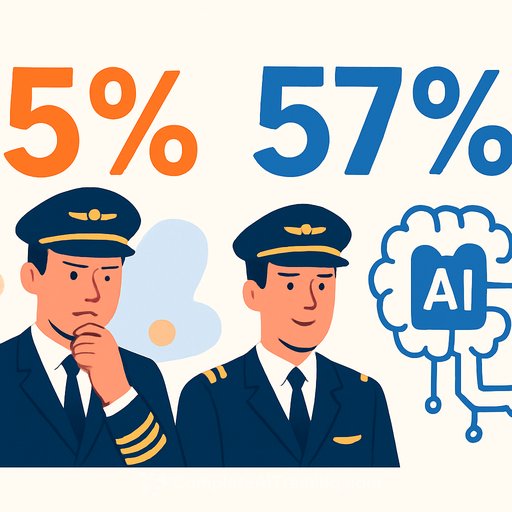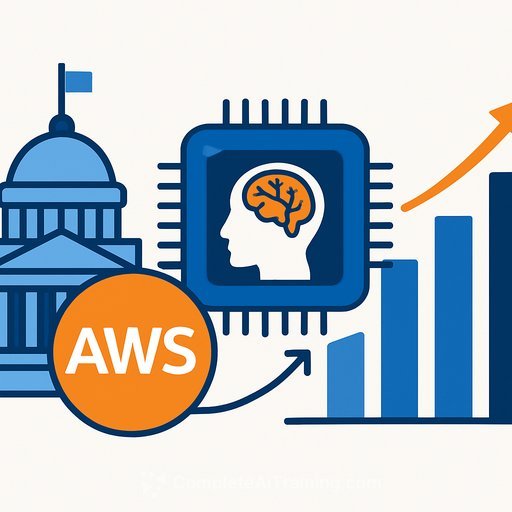How APG Asset Management Integrates AI Within Fiduciary Responsibilities
In the first episode of “The Institutional Edge,” Angelo Calvello interviews Peter Strikwerda, the global head of digitalization and innovation at APG Asset Management. The focus is on APG’s innovative framework for applying artificial intelligence in a fiduciary context.
APG, a major Dutch pension fund manager, has developed a thoughtful approach to ensure AI is used responsibly and effectively while maintaining their duty to beneficiaries. Their framework addresses key concerns around trust, transparency, and compliance, which are critical when managing pension assets.
Balancing Innovation with Fiduciary Duty
For executives and strategy leaders, APG’s approach offers a practical example of integrating AI without compromising fiduciary obligations. The framework emphasizes clear governance structures and risk management protocols tailored specifically for AI adoption.
Instead of treating AI as a standalone tool, APG incorporates it within existing investment and operational processes. This minimizes disruption while leveraging AI’s potential to improve decision-making and efficiency.
Key Elements of APG’s AI Framework
- Governance: Establishing oversight committees that include AI experts and fiduciary officers.
- Transparency: Ensuring AI models and algorithms are explainable to stakeholders and regulators.
- Risk Management: Continuous monitoring of AI outputs to detect biases or errors that could affect investment outcomes.
- Ethical Standards: Aligning AI use with the fund’s values and regulatory requirements.
This structure supports responsible AI deployment while safeguarding the interests of pensioners and beneficiaries, a balance that many institutional investors seek to achieve.
Implications for Executives and Managers
APG’s example highlights the importance of integrating AI thoughtfully within fiduciary frameworks. Leaders should focus on building interdisciplinary teams that combine AI expertise with compliance and ethical oversight.
For organizations exploring AI adoption, this means creating clear policies, promoting transparency, and continuously evaluating AI systems for fairness and accuracy. These steps can help maintain trust and meet fiduciary duties effectively.
Those interested in expanding their AI knowledge within strategic and management roles may consider exploring targeted training programs. For comprehensive AI courses and certifications tailored to executives, visit Complete AI Training.
Your membership also unlocks:










